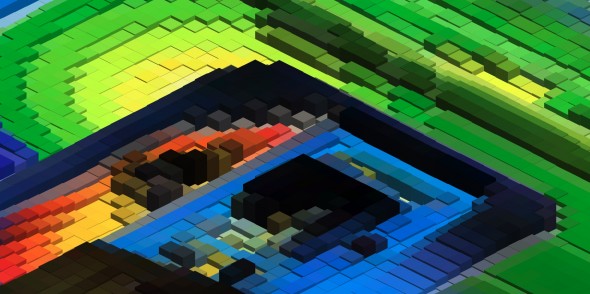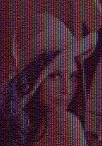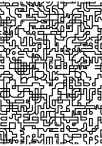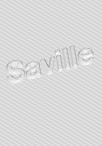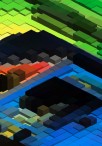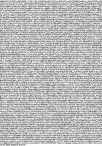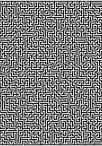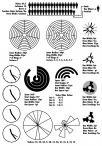I have been experimenting with different kinds of raster effects lately. Not really breaking any new grounds here but it is fun to try to come up with new stuff and just to play around for a while. The hardest part is to find a suitable image to apply these effects on and most of [more…]
 According to a recent tweet by Jürg Lehni, Wolff Olins and
According to a recent tweet by Jürg Lehni, Wolff Olins and Visuelle.co.uk Everyday Workshops are showcasing an installation made with the Scriptographer tool without giving any credit what-so-ever, a clear violation of the License Agreement Terms. Seems to be made fairly recent as well, because unless I’m not terribly mistaken, the above picture is made with functions just added to my Isometric Block Raster script. I’m flattered but at the same time somewhat upset – on behalf of Jürg – that people don’t give a damn about respecting simple rules!
UPDATE (Feb 27 – 23:28)
Seems they have corrected their little mishap and added the credits at the bottom.
UPDATE (Feb 28 – 12:08)
More corrections! Apparently Visuelle.co.uk had nothing to do with the whole ordeal as he was just posting stuff that he found interesting. Being a nice guy, he contacted Everyday Workshops and informed them about the mistake. So sorry David!
 Some days ago I saw this project called Blocky Earth by Jaume Sánchez (image above) which reminded me of my old isometric block raster script (image below). Looking at the code now, I have to say that there are a bunch of things I would have done different had I done it today, so I spent last night rewriting it. As the script got a well deserved overhaul I also took the time to put in some things that I felt was going to add a nice touch.
Some days ago I saw this project called Blocky Earth by Jaume Sánchez (image above) which reminded me of my old isometric block raster script (image below). Looking at the code now, I have to say that there are a bunch of things I would have done different had I done it today, so I spent last night rewriting it. As the script got a well deserved overhaul I also took the time to put in some things that I felt was going to add a nice touch. What follows are images and short descriptions of how these add-ons work.
What follows are images and short descriptions of how these add-ons work.
[more…]
This post is part of, and my reply to, a discussion on the Scriptographer forum regarding how to emulate stippling. I have been thinking of a script like this for a long time – well, I’d say it’s more of a pseudo-stochastic raster than a stippler – but along the way, more and more problems have become apparent. Nevertheless, I wanted to be sure so I wrote a quick and dirty script to see how my theories would hold up.

[more…]
Iñaki Soria Izquierdo in Barcelona found my script useful and made this with it. It makes me happy!

I’ve always been impressed by those colorful patterns produced by Kapitza. It’s nothing shy of genius creating a set of geometric fonts and then just type to your hearts content.
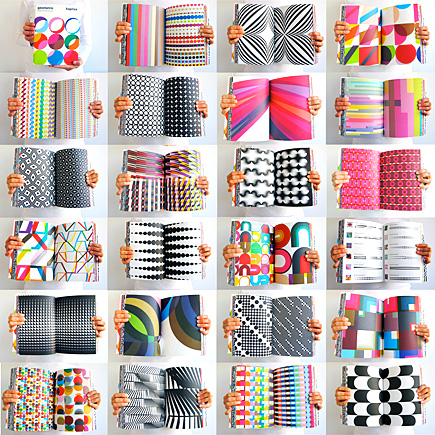
The idea of making something, preferably complex, out of a limited set of rules, principles or objects is very appealing to me. It’s like art sprung out of (almost) nothingness. It’s called synergy – when the sum is greater than its parts. I think these patterns adresses just that; very simple and mundane geometric shapes, but put together, they create something more with seemingly infinte possibilities of variation.
Now, I thought about this for a while, wondering if I had the patience to construct my own symbols and shapes and turn them into a working font, I finaly decided I had not. What would be the point, it’s been done already. Although, I had one concern, as all these symbols where made as fonts there isn’t a very intuitive way to rotate a symbol or flip it around its own axis. Sure, it isn’t that hard to flip a character around, but say if there are a 1000 different symbols it becomes time consuming and counterproductive.
[more…]
After I made the Saville script I spent alot of time reading the reference pages on Scriptographer and discovered the possibility to place an arbitrary path onto a bitmap picture and then color the path with the average color from that area. This got me thinking that I could make a variant of the Saville [more…]
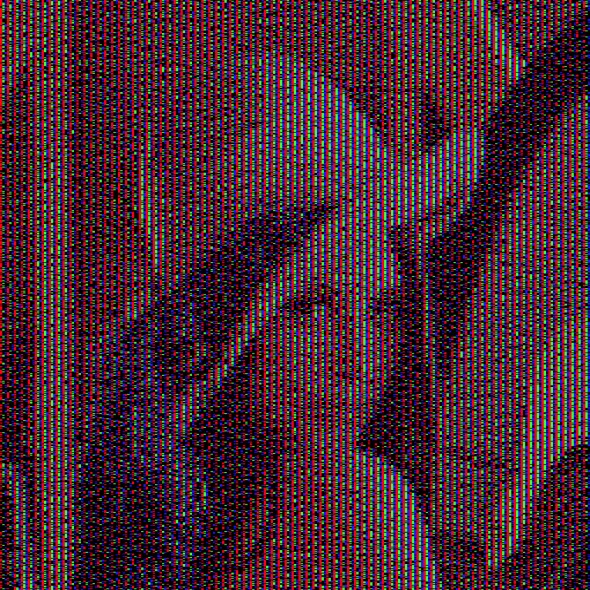
 According to a recent
According to a recent 
 Some days ago I saw this project called
Some days ago I saw this project called  What follows are images and short descriptions of how these add-ons work.
What follows are images and short descriptions of how these add-ons work.


